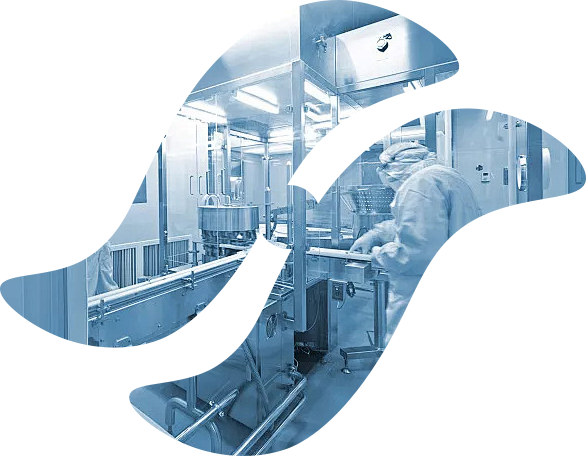Why Automotive Electronics Demand High-Reliability Oscillators
As modern vehicles evolve into complex electronic systems on wheels, the role of timing components like crystal oscillators has become more critical than ever. Automotive electronics require not only high precision, but also long-term stability and extreme reliability under harsh environmental conditions. In this article, we’ll explore why high-reliability oscillators are essential in automotive applications, the challenges involved, and what makes an oscillator suitable for automotive use.
1. The Role of Oscillators in Automotive Electronics
Crystal oscillators serve as precise clock sources that synchronize communication, control, and sensing functions in a vehicle. Key systems that rely on oscillators include:
Engine Control Units (ECUs)
Advanced Driver Assistance Systems (ADAS)
In-Vehicle Infotainment (IVI)
Tire Pressure Monitoring Systems (TPMS)
Transmission Control Modules (TCMs)
Battery Management Systems (BMS) in EVs
Radar, LiDAR, and Camera Modules
Any timing drift or signal interruption in these systems can result in malfunction or safety risks—making oscillator reliability a non-negotiable requirement.
2. Harsh Operating Conditions in Vehicles
Automotive environments subject electronic components to extreme conditions, such as:
Wide Temperature Ranges: From -40°C to +125°C, especially under the hood.
Mechanical Shock and Vibration: Constant movement and road impact can stress components.
Voltage Fluctuations: Automotive power supplies can be noisy or unstable.
EMI (Electromagnetic Interference): Interference from other vehicle systems can affect signal integrity.
Standard commercial-grade oscillators often fail to maintain performance under such conditions. Automotive-grade oscillators must be specifically designed and tested for these challenges.
3. Key Characteristics of Automotive-Grade Oscillators
To meet industry standards like AEC-Q200, automotive oscillators must offer:
Wide Operating Temperature Range (e.g., -40°C to +125°C)
Excellent Frequency Stability over temperature and voltage variations
Low Phase Jitter for clean signal generation
High Shock and Vibration Resistance
Long-Term Aging Stability to support vehicle lifespan
Qualified Packaging for thermal and mechanical durability
Manufacturers may also provide PPAP documentation and traceability to support the automotive supply chain.
4. Benefits of Using High-Reliability Oscillators in Automotive Design
Improved Safety: Stable timing improves the accuracy of ADAS, airbags, and braking systems.
Reliable Communication: Ensures CAN, LIN, FlexRay, and Ethernet automotive networks work without error.
Efficient Power Management: Enables precise timing in hybrid and EV battery systems.
Support for AI & Autonomous Features: High-speed, low-jitter oscillators are essential for data fusion and real-time processing in autonomous vehicles.
5. Applications Requiring the Highest Reliability
ApplicationWhy Reliability Matters
ADAS & Autonomous DrivingLow jitter and precise timing for sensor fusion and AI
Powertrain ControlStable operation across rapid temperature and load changes
Infotainment SystemsClean clock signals for high-speed data transmission
Battery ManagementAccurate monitoring and safety controls in EVs
Conclusion
The automotive industry demands more than just accurate timing—it requires oscillators that can perform reliably for years under the most demanding conditions. Choosing a high-reliability crystal oscillator not only enhances performance but also ensures safety, compliance, and customer satisfaction.
At Huixun, we offer a range of automotive-grade crystal oscillators designed to meet AEC-Q standards and support critical automotive applications. Contact us to learn more or request samples for your next design.
-
Are you a manufacturer or a trading company?Thangshan Huixun is a manufacturer of crystal oscillators, Our factory is located in Tangshan city Hebei province, China. Welcome to visit us.
-
How long is your delivery time?Delivery time for customized orders will be 2-4 weeks. 24 hours will be shipped out if in stock.
-
Do you offer samples? Is it free or not?Small quantity free samples are able to be offered and shipping cost should be paid by customer.
-
What basic information to provide when ordering a crystal?We typically ask customers to provide the center frequency, the cutting angle type (AT or BT), the holder or package type, the equivalent series resistance (ESR), frequency tolerance, stability, load capacitance, operating temperature range, drive power, aging characteristics, and any additional requirements for OEM customizations.
-
Do you have any certificationWe have certification ISO9001, IATF16949.
-
Do you accept OEM and ODM order?Yes, warmly welcome OEM or ODM order, we are able to provide OEM services for customers
Reach Out to Us Today!

